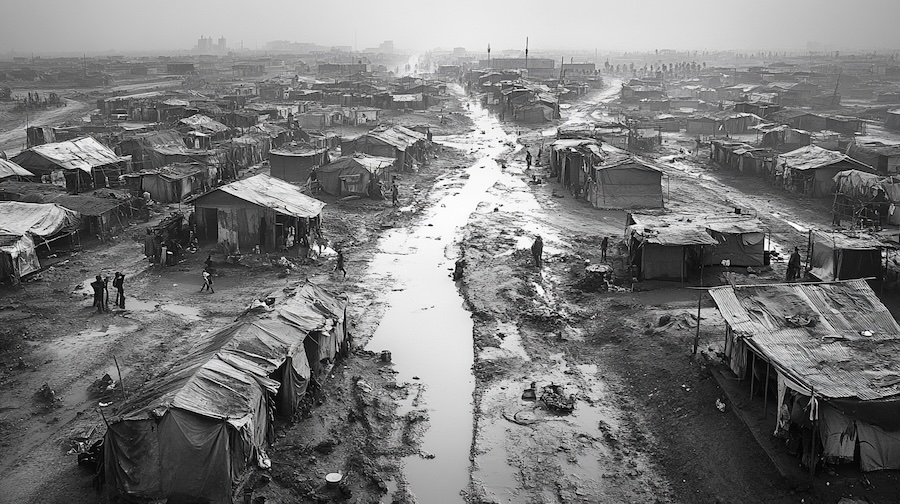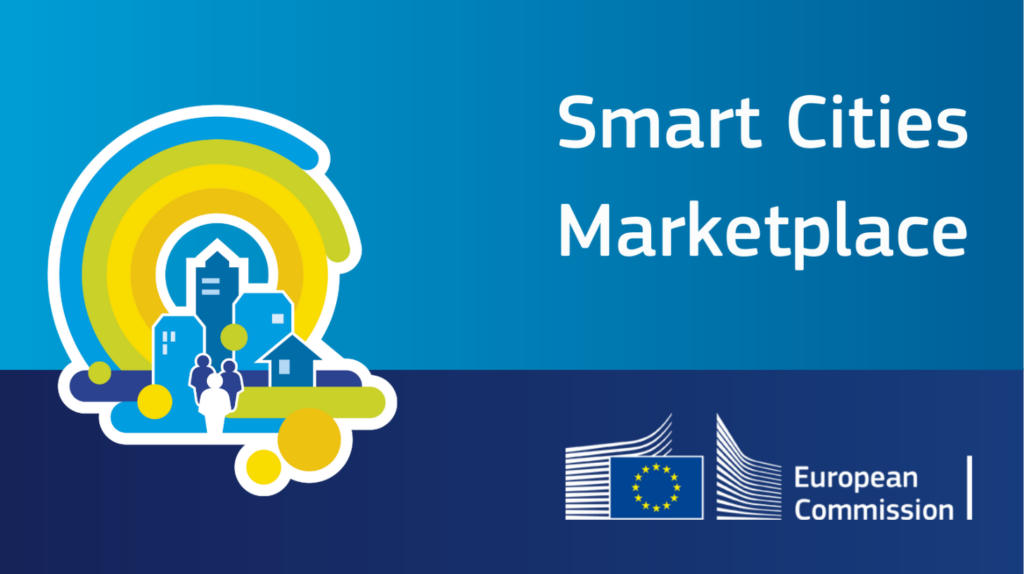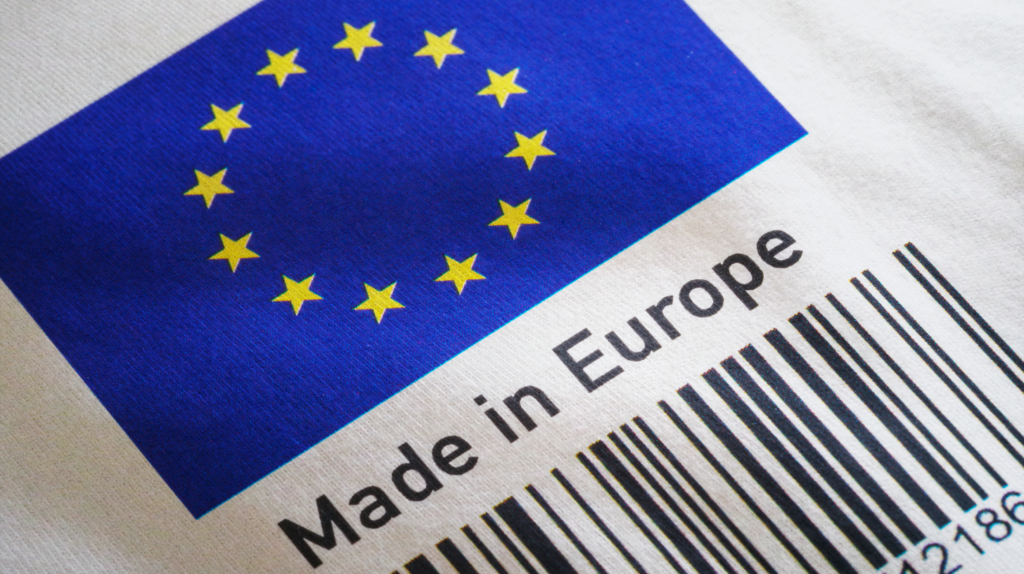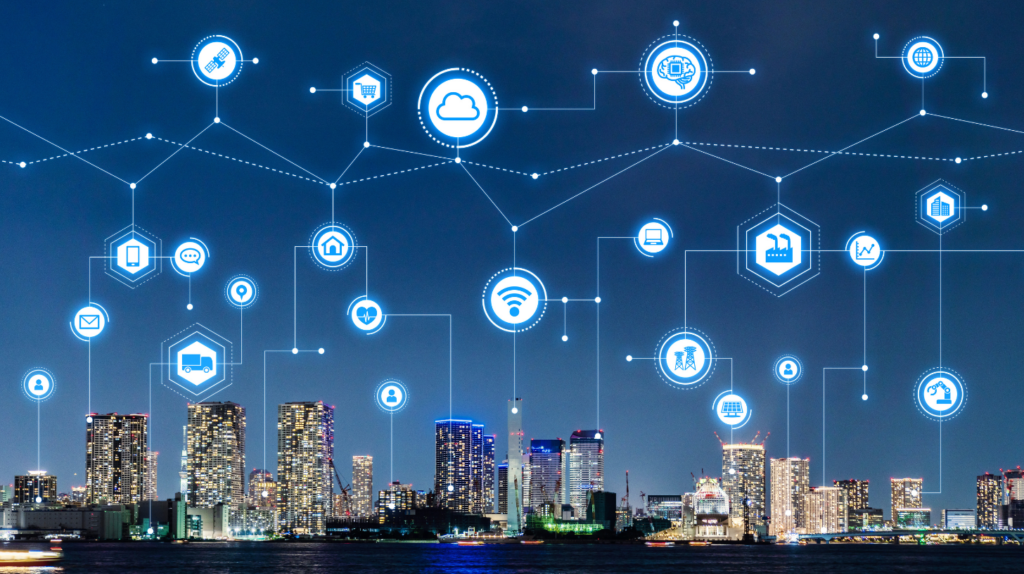In the “Youth Participation in Cities: Building Sustainable Smart Cities” post, partners focus on Youth Participation for Developing Sustainable Smart Cities. The third world is urbanising at an astonishing rate and never before has the job of making our cities resilient, equitable & sustainable been such a difficult one. One possible solution might be the emergence of Smart City 3.0 — with its reliance on sensor technology and data analytics to seamlessly deliver public services effectively, efficiently, sustainably and transparently at a municipal level A city model that uses technology to make urban life better while guaranteeing sustainability and respect for the environment. There are significant threats to capital cities by climate change and ecological collapse, whereby due consideration for young people in the design process of these smart urban settlements will become ever more critical.
A blog post on behalf of the project “Youth Participation For Developing Sustainable Green Cities (2022-1-DE04-KA220-YOU-000085135)” funded by EU. Where the coordinator is L4Y, and the partners are, CIP, Walktogether, Kean, KKKE, TOG. You can read more blog posts about the project in these categories (r1, r2, and r3).
It explains why this work should be initiated and led by youth through NGOs
Learning Objectives
Meaning of 3.0 and Why Does Smart City Matter Today?
Learn to distinguish those treacherous colors in which the earth hides behind, let these hues and shades be revenged by youth-led NGOs.
Advantages To Engage The Youth In Building Sustainable Smart cities
Create the NGO dealing with smart cities and environment protection
What is Smart City 3.0?
While Smart City 3.0 works by adding heavy technology to people-centered interventions, it is an inherent design idea not the way they are deployed for city planning (though there has been plenty of tech-for-tech sake in that segment). The result, SMART & GREEN CITY. Smart Cities 3.0 is about using technology as a tool but not as foundation for that city to become smart Defining the newer ones, from a perspective of social inclusion, environmental sustainability and community empowerment than were characterise by earlier versions.
It involves the reduction of human footprints within urban spaces, whether green infrastructure, energy efficiency, or smart transportation systemsito name a few. All Cities are now being developed as Smart City Version 3.0 and the mark of distinction here is that all development follows ethical principles of sustainability (Hyper-Local) combined with ethics guided by a social contract built on resilience. Which are pretty in line with two things we urgently need to combat climate change, and the fact that many of our resources will run out soon.
Why We Need Youth Participation in Cities Now
The greatest challenge to the human race today is The Environmental Crisis — climate change, air and water pollution, deforestation and biodiversity loss. Were this century to bring global urbanisation it will also be susceptible if mismanaged. This is indeed where the resurgence of Smart City 3.0 comes in as an alternative to address these issues.
Designing them to benefit both, us and the planet.
Cities will not grow unless environment first happens and Smart City 3.0 is all about it. Cities consume about 75% of global energy and are responsible for up to two-thirds greenhouse gas emissions. Hence, a smart city could act as an antidote to climate change reducing energy consumption and emissions along with increasing greens.
The Perils Our Earth Deals With
One of those crossroads that change the planet is happening now; global temperatures in an ever-upwards trajectory, natural disasters increasing and extreme weather events coming again and again at unprecedented frequency. Increase in urban populations is compelling pressure on natural resources, infrastructure and ecosystems which related challenges are directly affecting the human ecosystem balancing act. Existential threats include the degradation of ecosystems and social inequality, that is compounded by growing poverty.
The second great danger is environmental pollution. Exceeding the safe limit to well above dangerous levels — with pollution in city after city registering, Delhi included among them. Thousands of lives are lost every year due to initiates around water scarcity & contamination. Smart City 3.0 is inclusive of smart governance and Emerging Technologies to respond these threats in urban areas towards sustainability.
The Importance of Youth Participation in Cities
The youth build the cities of tomorrow. Students have the creativity and new perspective to innovate a lot of things regarding sustainability properly. Because the main victims of environmental and social problems are those young who will lead them in next times, NGOs led by youth for smart cities that understand this point can serve to solve local issues with selected problems.
They are also engaged in smart city initiatives that help contribute to environmental protection and develop leadership, problem solving skills which they will use optimally for good. Their involvement in the process makes certain that smart cities are not only digitally abler but also socially inclusive to meet every member of community especially those on edge.
Why Youth Participation in Cities Matters?
For many youths, the idea of an NGO focusing on all things smart cities sounded great. At the most basic level, it provides Agency. Empowerment to shape their own lives through City making, in Cities they occupy; a feeling of leadership and accountability – while solving real world problems.
Young participants acquire essential capacity building tools from the smart city NGOs such as project management, networking practices and collaborating strategies. And those are the kind of skills this program is teaching you, and that makes them highly marketable post-graduation both Inside & Outside! And perhaps, last but certainly not least: Smart City projects can better engage young people around them and find ways to act locally where action is needed most.
Case Study
The case of the People-Centered Smart Cities programme, UN-Habitat has been an exciting example in this regard. You can use this programme to help young individuals start their own sustainable urbanism projects. This shows how the youth could innovate with urban challenges, whether through technology or social inclusion and environental conservation.
Imagine kids hoeing and scattering seeds across several acres in a field. The young minds are the reputation of a gardener. Who let their seeds grow and water them with plant species. That not only give fruits to outer growth but also an inner one. They simply plan and by time & dedicated work on to that. They design intelligent, sustainable cities which survive well the ebb of global longevity life cycle.
Resources for Learning
To further explore the topic of Smart City 3.0 and youth participation in environmental protection, here are some recommended resources:
UN-Habitat – People-Centered Smart Cities
Provides insights into youth involvement in smart city development link.
City Monitor – How Young People Are Creating Sustainable Cities
An article showcasing real-life examples of youth initiatives in urban development link.
Smart Cities Dive
Offers a broad overview of smart city technologies and sustainability trends. Link
Youth Participation in Cities: Conclusion
GreenCities partners weigh in on how valuable this youth-led NGO is. Meanwhile, it looks like the project succeeds by having these youth -led NGOs in partner cities.
That is why Smart City 3.0, will be how smart urbanism looks from now on. Ambitious young people who want to develop a timeline for solving the most pressing environmental issues. It can being transitioning us into such urgent action by establishing smart city non-profits. Thats good for the world and also mutually beneficial along this journey.
If you are young, care about the environment and have an urge for city innovation now is your time. And, Start or join the City Development specific NGO. You will support a green, just and resilient future for the generations to come.
In the meantime, please connect on social.
References
UN-Habitat. (n.d.). People-centered smart cities. UN-Habitat. Retrieved from https://unhabitat.org/programme/legacy/people-centered-smart-cities
City Monitor. (n.d.). Young people create sustainable and inclusive cities. City Monitor. Retrieved from https://citymonitor.ai/analysis/young-people-create-sustainable-inclusive-cities













